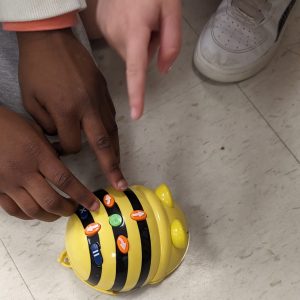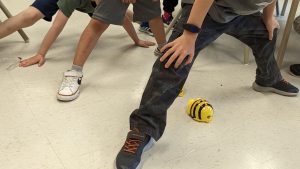This December marks the 75th anniversary of the United Nations Declaration of Human Rights, which was drafted in 1948. This blog highlights a few films produced by the National Film Board that can help address the topic of human rights in K-8.
With older elementary students human rights can be discussed with some historical context. The UNDHR was adopted by a very young United Nations in the post WWII era. Ideally, all of the rights in the declaration would be in place worldwide but there are no countries that are at that point yet. Progress is being made but students may be left feeling helpless as they are aware of atrocities taking place today and in the past. A film like Hope Builders can make the difference. This 90 minute film shows Canadian students creating positive change in their community on a year long action project. It’s a story of teamwork and empowerment, showing the struggles and successes the students had. It ends with an uplifting community meeting that shows how much students can accomplish with good leadership and adults who demonstrate faith in their ability to reach their goals.
For younger students, there is a wordless, animated, 5-minute film called The Orange. It takes place in a classroom at lunchtime and addresses that everyone “has the right to a standard of living adequate for the health and well-being of their family, including food.” It’s the perfect film to introduce young children to the ideas of sharing, caring and empathy.
Finally, for grades 4 and up there is a film called Why? This animated short film gives students a chance to reflect on how war and poverty can have a negative impact on children reaching their full potential.
Viewing and discussing these films can help students see the world from different perspectives. We can encourage students to take a role in improving human rights in Ontario and Canada by writing to various levels of government with concerns about clean drinking water for First Nations, health care in rural communities, and access to shelter and food, to name a few.
Please keep in mind that discussing human rights can be triggering for students who have experienced trauma. Beginning the lesson with a compassionate introduction and full awareness of students’ backgrounds and needs is recommended.
Resources
United Nations Declaration of Human Rights
NFB – Hope Builders
NFB – The Orange
NFB –Why



